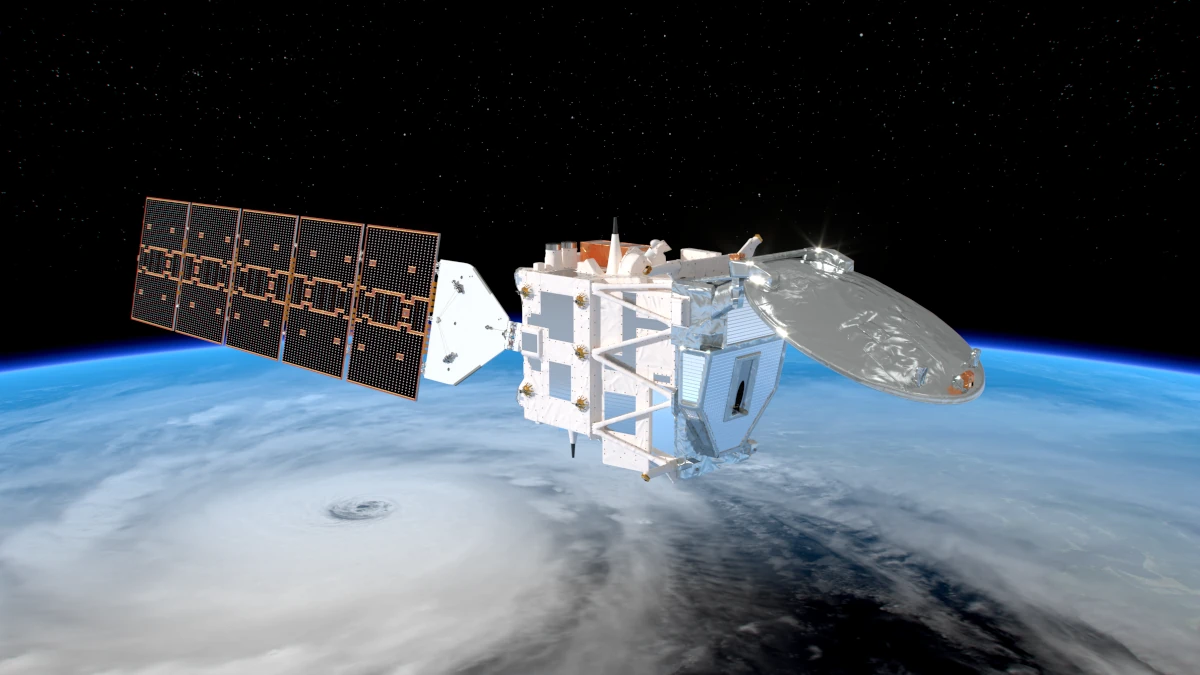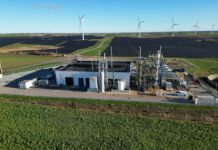
The EarthCARE satellite was successfully launched into orbit on 29 May, announced by ESA with the promise that it “is poised to revolutionise our understanding of how clouds and aerosols affect our climate”.
It was launched at 00:20 CST on a Falcon 9 rocket from the Vandenburg Space Force based in California. Ten minutes later, the satellite separated from the rocket and at 01:14 CEST, the Hartebeesthoek ground station in South Africa received the all-important signal indicating that EarthCARE was safely in orbit.
ESA says it will provide crucial information to shed new light on the complex interactions between clouds, aerosols and radiation within Earth’s atmosphere. It uses four state-of-the-art instruments: atmospheric LIDAR, cloud-profiling radar, a multispectral imager and a broadband radiometer.
The missions is a joint venture between ESA and the Japan Aerospace Exploration Agency (JAXA) and was designed and built by a consortium of more than 75 companies under Airbus as the prime contractor.
ESA’s Director of Earth Observation Programmes, Simonetta Cheli, said, “EarthCARE is the most complex of ESA’s research missions to date. Its development, and now launch, is thanks to close cooperation with our JAXA partners, who contributed the satellite’s cloud profiling radar instrument, and all of the space industry teams involved. The mission comes at a critical time when advancing our scientific knowledge is more important than ever to understand and act on climate change, and we very much look forward to receiving its first data.”
JAXA’s Project Manager for the cloud profiling radar, Eiichi Tomita, added, “Increasing the accuracy of global climate models by using EarthCARE data will allow us to better predict the future climate and therefore take necessary mitigation measures. JAXA provided the cloud profiling radar – the world’s first radar that can measure the velocity of upward and downward flow within clouds. We are expecting these EarthCARE data products to be remarkable.”
The EarthCARE satellite is being controlled from ESA’s European Space Operations Centre in Darmstadt, Germany. Controllers will spend the next few months carefully checking and calibrating the mission as part of the commissioning phase.






